Hops Flowers
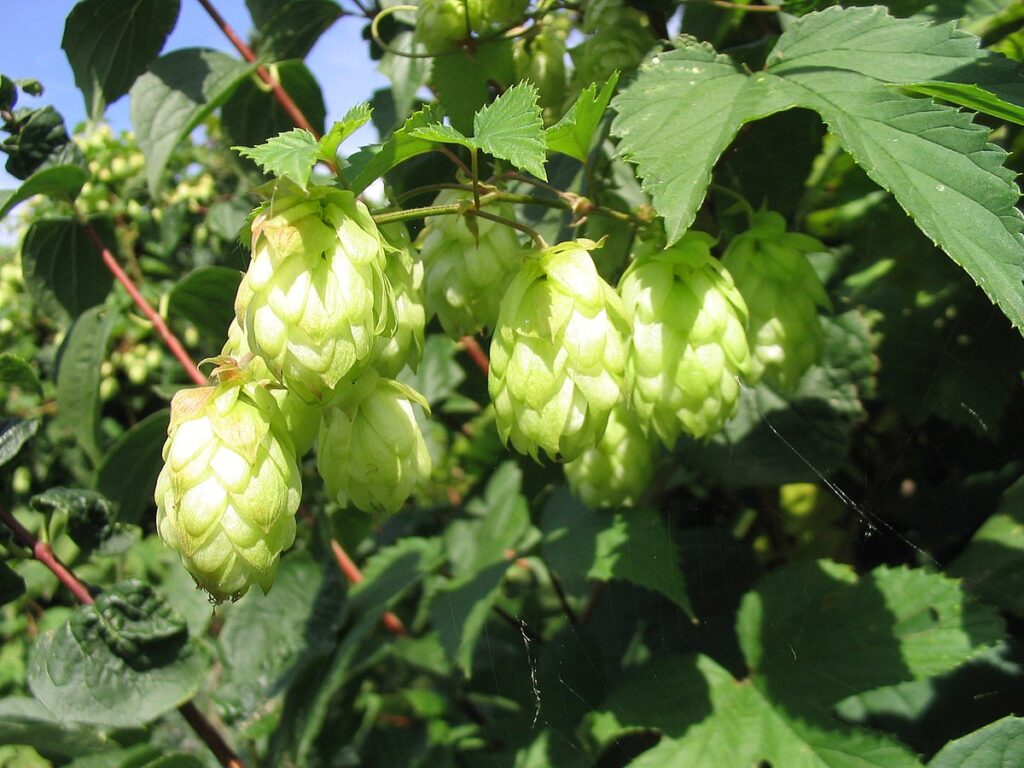
Hops flowers are known for their distinctive appearance, fragrance, and various applications, particularly in brewing and herbal medicine. The cone-shaped flowers, harvested from the hop plant (Humulus lupulus), are valued for their aromatic qualities and medicinal benefits.
1. Size:
- Hops flowers are small, typically ranging from 1 to 3 inches (2.5 to 7.5 cm) in length.
- The cones are lightweight and papery, with a delicate, feathery texture.
2. Color:
- The flowers exhibit light green to yellowish-green hues.
- The color may vary slightly depending on the variety and growing conditions.
3. Texture:
- The flowers have a dry, papery texture with a slightly sticky resin called lupulin.
- Lupulin contains essential oils and bitter acids, which are crucial for brewing.
4. Fragrance:
- Hops flowers emit a strong, earthy, and slightly floral aroma.
- They are often described as herbal, spicy, and citrusy, with some varieties offering pine or fruity notes.
5. Uses:
- Primarily used in brewing beer to add bitterness, flavor, and aroma.
- Also used in herbal medicine for their calming and sedative properties, found in teas, tinctures, and supplements.
- Sometimes used in aromatherapy and natural sleep aids.
6. Habitat:
- Hops plants thrive in temperate climates with rich soil and moderate rainfall.
- Commonly grown in the Pacific Northwest of the United States and parts of Europe.
- They require ample sunlight and support structures for the vines to climb.
7. Cultural Significance:
- Hops have been used for centuries, particularly in Europe for brewing.
- They are also used in traditional medicine for anxiety and insomnia.
- Celebrated in brewing culture for balancing sweetness and contributing complexity to beer.
Spiritual Properties
Symbol of Calmness and Serenity: Hops flowers are often associated with tranquility and peacefulness. They are used in spiritual practices to promote relaxation and inner peace. The calming properties of hops are believed to help balance emotions and create a serene environment, making them a symbol of mental clarity and restful harmony.
Enhancing Sleep and Rest: In many traditions, hops are used to improve sleep quality and ease insomnia. They are employed in rituals and practices aimed at achieving restful sleep and reducing anxiety. The soothing nature of hops helps in creating a calming atmosphere conducive to meditation and restful sleep.
Spiritual Healing: Hops flowers are used to support spiritual healing by reducing stress and enhancing emotional balance. They are believed to help release negative energies and promote a positive mental state. Hops are sometimes used in spiritual baths or herbal infusions to cleanse and rejuvenate the spirit.
Medicinal Properties
Promoting Relaxation and Sleep: Hops are renowned for their sedative effects, making them an effective remedy for anxiety and insomnia. The calming properties of hops help in reducing nervous tension and improving overall sleep quality.
Supporting Digestive Health: Hops have mild digestive benefits, helping to alleviate symptoms such as bloating and indigestion. Their soothing effects can support a healthy digestive system and promote comfort.
Mild Pain Relief: Hops possess mild analgesic properties, which can aid in relieving minor aches and pains. They are sometimes used in herbal remedies to support pain management.
Stress Relief and Anxiety Reduction: The relaxing properties of hops make them useful for managing stress and anxiety. They help in calming the nervous system and promoting a sense of well-being.
Hormonal Balance: Hops have been traditionally used to support hormonal balance, particularly for those experiencing symptoms related to stress and menstrual discomfort. Their potential estrogen-like effects can contribute to overall hormonal health.
Adverse Actions & Side Effects
Hormonal Effects: Hops may have estrogen-like effects, which can interfere with hormonal balance. This can be particularly concerning for individuals with hormone-sensitive conditions.
Sedative Effects: Overuse of hops can lead to excessive sedation or drowsiness. It is advisable to avoid operating heavy machinery or driving after consuming hops in large quantities.
Interaction with Medications: Hops may interact with sedative medications or other central nervous system depressants, enhancing their effects and potentially leading to excessive drowsiness or impaired cognitive function.
Side Effects:
Digestive Issues: Some individuals may experience gastrointestinal discomfort, such as nausea, bloating, or gas, especially when consuming large amounts of hops.
Allergic Reactions: Rarely, individuals may experience allergic reactions to hops, which could include symptoms like skin rashes, itching, or swelling.
Headaches: Excessive use of hops may cause headaches in some people. This is often related to their sedative properties.
Hormonal Imbalance: Due to their potential estrogen-like effects, hops may contribute to hormonal imbalances, especially with long-term use.
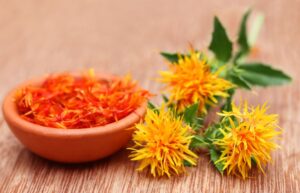
Safflower
Safflower Safflower is a vibrant herb known for its bright yellow, orange, or red flowers, which are harvested for their seeds and petals. The plant
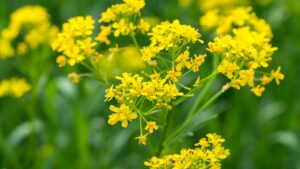
Isatis
Isatis Isatis, commonly known as Woad (Isatis tinctoria), is a biennial herb that has been historically significant due to its use as a dye plant.
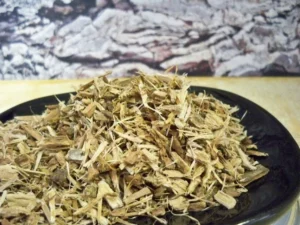
White Oak Bark
White Oak Bark White Oak Bark, harvested from the White Oak tree (Quercus alba), is a traditional herbal remedy known for its astringent and anti-inflammatory

Recipe Template
Hibiscus Flowers The overall appearance of hibiscus flowers is bold and exotic, making them a popular choice for gardens, decorations, and floral arrangements. Their stunning

Balm of Gilead
Balm of Gilead Balm of Gilead is derived from the resinous buds of the Populus species, particularly Populus candicans or Populus balsamifera. This aromatic substance
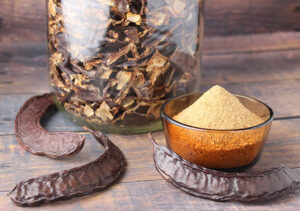
Raw Carob Powder
Raw Carob Powder Raw Carob Powder is derived from the dried pods of the carob tree (Ceratonia siliqua). The pods are ground into a fine,